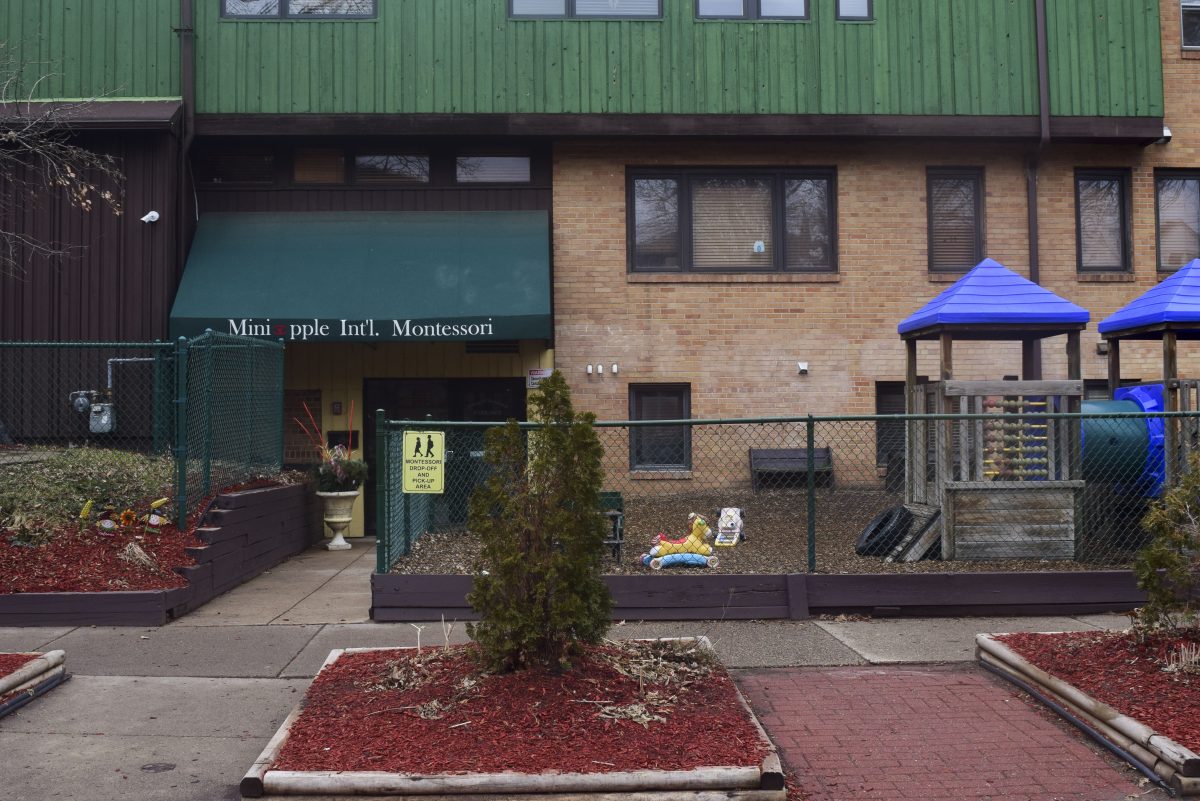After a City Council ordinance cut the size of duplexes allowed in certain
Twin Cities locales, residents of University of Minnesota neighborhoods are
unsure what affect the policy change will have on them.
Groups in the University’s four
neighborhoods — Prospect Park, Marcy-Holmes, Southeast Como and Cedar-Riverside
— want to educate residents on the new policy and eventually work with the
University District Alliance to protect existing homes.
Before the ordinance, duplex lots were between
10,000 and 12,000 square feet, the same as two regular lots. The ordinance
reduced the requirement to a range from 5,000 to 6,000.
Council members approved the amendment in
hopes that it would expand prospects for city duplexes, said Ward 1 City
Council Member Kevin Reich, who co-authored the ordinance.
At a Southeast Como Improvement Association board
meeting earlier this month, Board Member Katie Fournier introduced the idea to
create a task force aimed at working with other University neighborhoods to
protect the character of existing homes, which may be replaced by duplexes
under the ordinance.
Prospect Park has a particularly high number
of duplex lots, with Marcy Holmes and Como not far behind, Fournier said.
She said few Minneapolis residents knew of
the ordinance before it passed in July.
The proposed task force would use the
University District Overlay Zone to
differentiate the University area from the rest of the city’s enforcement.
The University District Overlay was an
exception area with a special parking policy for just University district
neighborhoods, said UDA Chair Jan Morlock, adding the overlay could also be
used to grant an exemption from the new ordinance.
Fournier said she’s seen similar
developments in the area and they tend to all share similar qualities: long,
boxy buildings with multiple bedrooms and large parking lots.
New duplexes and triplexes in other
districts — like the Golden Lodge on Southeast 15th Avenue in Marcy-Holmes and
a complex on Southeast 12th Avenue and Como Avenue — all feature these
characteristics.
“They
don’t contribute to the character of the neighborhood,” she said. “They don’t
match what [is] around them.”
The ordinance won’t limit the number of
bedrooms allowed, and capacity is only determined by the number of unrelated
people living together.
But Reich said the ordinance will help add
character to the neighborhood, especially because duplexes aren’t always
designed for college students.
“The incentive to go through all the expense
of [demolishing] a building and building new just to get another rent check …
one has to question how detrimental to the character that is,” he said, adding
most University neighborhoods already have abundant duplexes and multiplexes.
“We
feel that this would be more of an option for infill,” he said. “You have
communities where duplexes are part of the mix … what’s wrong with having a new
duplex?”
Fournier will present SECIA’s task force
idea to the UDA at their board meeting Thursday.
A previous version of this article incorrectly stated what the City ordinance did to duplex lots in Minneapolis. The ordinance reduced the lot size required for duplexes.















![Gwyn, Macy, Daniel, and Nora [pictured left to right] brave the sub-zero windchill on an icy afternoon to skate together in Van Cleve park. The park, located just north of Dinkytown in Como, becomes a popular winter activity hub for students and nearby residents each year when the park’s fields are frozen to create a public ice skating rink.](https://mndaily.com/wp-content/uploads/2024/01/FzDx2ZjdXLtO33r1j1atrf7jrtQtocs9vnp8k2AT-2-1200x801.jpeg)






